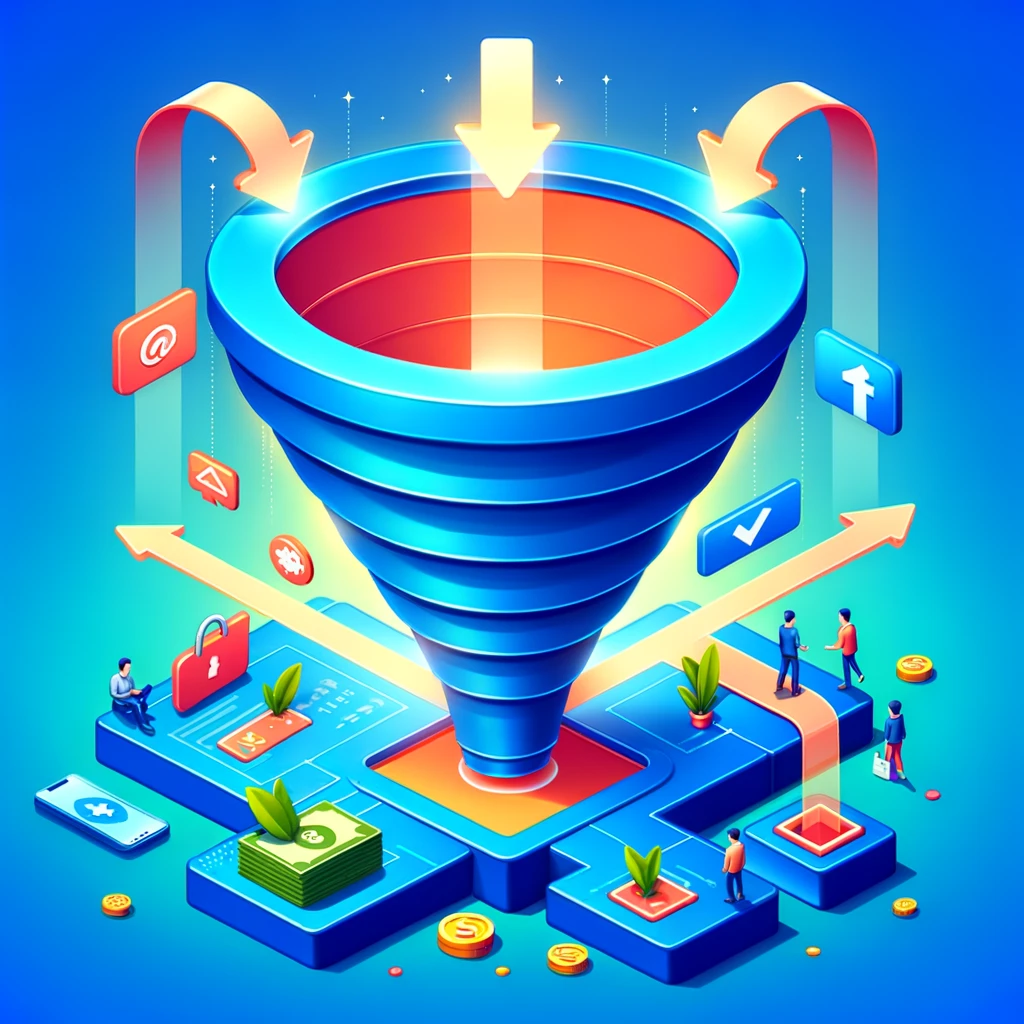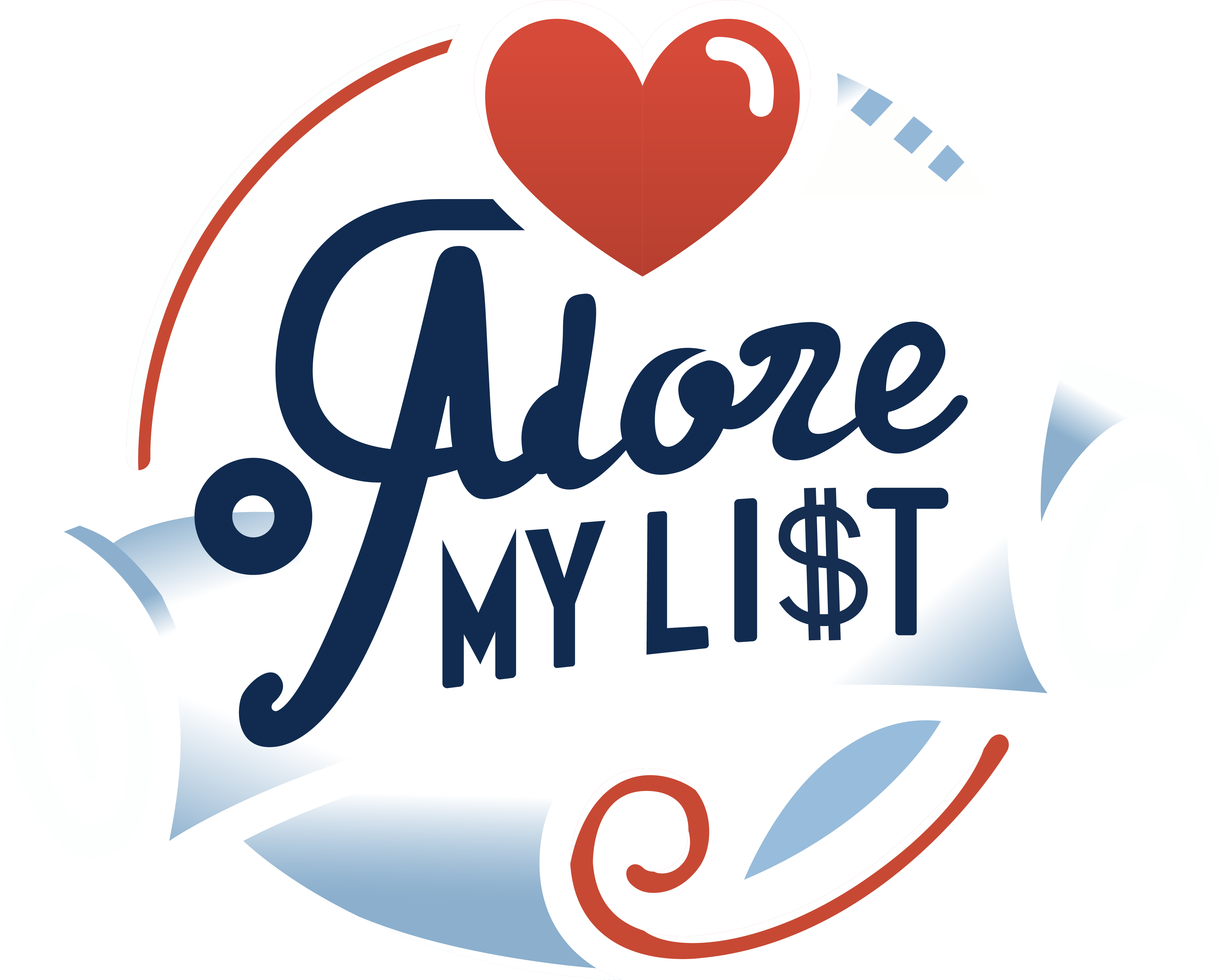Crafting Effective Sales Funnels - From Awareness to Loyalty
The sales funnel is an essential marketing tool that guides prospects in becoming paying customers. Each stage serves a unique purpose, from creating awareness to fostering loyalty and repeat business. With a clear, well-defined sales funnel in place, marketers can focus their efforts efficiently while increasing conversions and achieving business goals.
Achieving a high number of conversions at each stage of the sales funnel is not possible without effective lead nurturing. This requires the right content, offers and touchpoints to engage prospects and encourage them to move to the next stage. It’s also important to segment your target audience, which allows you to customize your messaging and deliver tailored offers to each group.
The top of the sales funnel, or awareness stage, involves generating interest in your brand and products. This can be achieved by running social media campaigns or creating content that catches the attention of your ideal audience. For example, Nike uses their sneaker releases as a way to generate buzz about their new products while encouraging potential customers to buy.
Gated content is another powerful tool that can be used to generate leads at the top of the funnel. By offering eBooks or other informative resources in exchange for contact information, businesses can offer value to prospective customers and strengthen their trust in the brand.
During the middle of the sales funnel, leads begin to evaluate your products and services against similar offerings. This is a critical phase in the sales process as prospects are often unsure of what to purchase. By providing thorough product demonstrations and highlighting client case studies, your team can help prospects overcome their hesitation and make an informed decision.
Prospects who decide to take action at this stage are the best quality leads you can hope for. These prospects have the highest probability of purchasing your product and can become your evangelists in the future. To maximize your sales, nurture these leads with targeted email campaigns and automated social media retargeting. For instance, if a prospect visits your website but does not convert on their first visit, consider retargeting them with a coupon for a free trial or additional in-game assets.
At the bottom of the sales funnel, leads become customers by completing the transaction. To ensure that this step goes smoothly, businesses need to provide a seamless checkout experience and promote post-purchase follow-up.
For example, Nike sends a thank you email to all customers and provides exclusive content and recommendations for their favorite sneakers. By demonstrating that your company cares for its customers, you can build trust and foster brand loyalty in this final phase of the sales funnel.

Learn how To build sales funnels
Subscribe To My Email List And Get Updates On Building Effective Sales Funnels That Generate Leads & Sales In Your Business.
Check Out My Recent Posts
All-in-One Sales Automation Platform
Check out my recent post on all-in-one sales and marketing tools and what I think of it.
Sales Funnels
Check out my recent post on sales funnels and what I think about them. Are they still worth it?

Sales funnels are invaluable for your business, systematically converting your prospects into loyal customers. By strategically nurturing leads at each stage. Use them to can enhance your customer engagement, optimize marketing efforts, and significantly boost sales, to ensure a more predictable and sustained revenue stream.
Ricky Mckenley
©Copyright 2024 Adore My List
Tannoy Square
London United Kingdom SE27 9SG
